Tag: industrial archaeology
-

Runswick Bay’s Ironworks Beneath the Cliff
Today I was at a National Trust property near Runswick Bay, a hidden gem previously unknown to me. Spanning a 5-hectare meadow, this land is a tapestry of ragwort, thistles, docks, and the occasional blackthorn and willow saplings, all requiring occasional management. The property also boasts 4.5 hectares of precipitous, overgrown cliff and approximately 225…
-
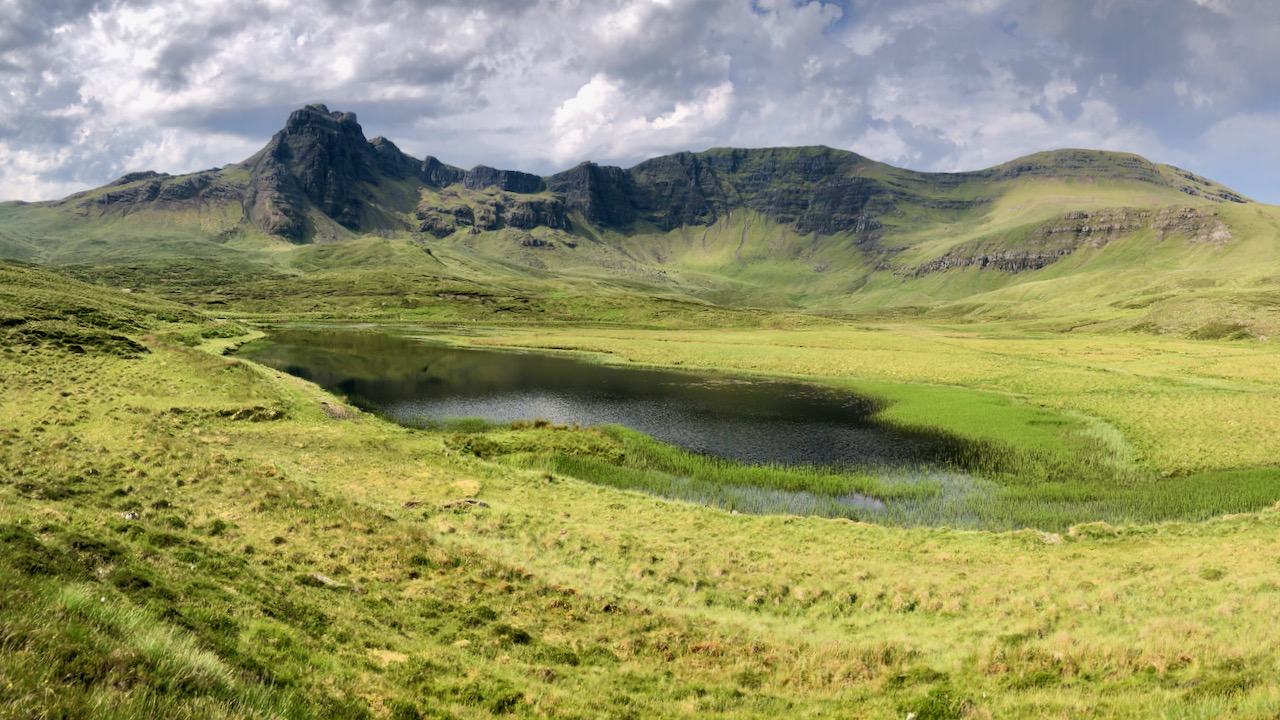
Loch Cuithir and the diatomite industry
What had fascinated me was the peculiar wording on the O.S. map, indicating the presence of a “Dismantled Railway,” a six kilometres stretch from the Inver Tote coastline, winding its way towards Loch Cuithir, nestled beneath the formidable Sgurr a’ Mhadaidh Ruaidh, aptly dubbed ‘the hill of the red fox.’ As it turned out, Loch…
-
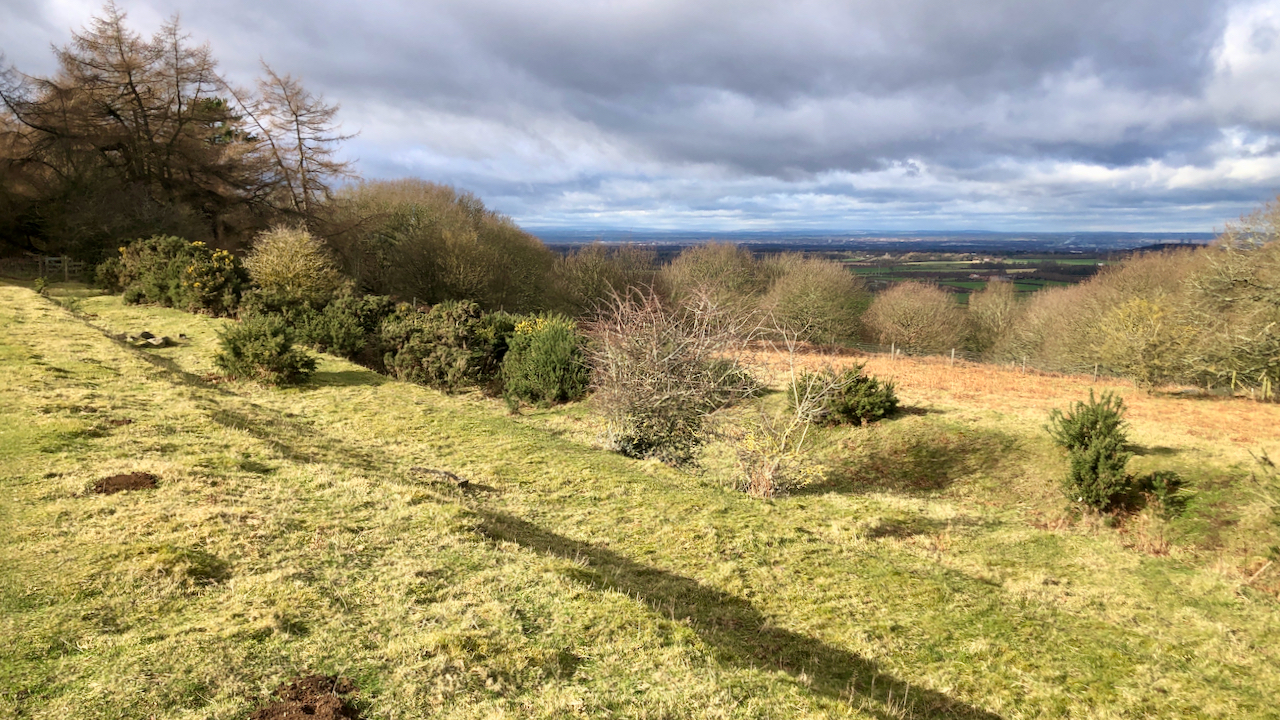
Roseberry Mine Tramway
What a difference when the sun comes out. An otherwise dull walk around a regular route of mine taking in Capt. Cook’s Monument and Roseberry, although I avoided the summits as it’s the weekend. And crossing the field at the top of Thief Lane, brilliant sunshine. To my right, Roseberry was still in dark shadow…
-
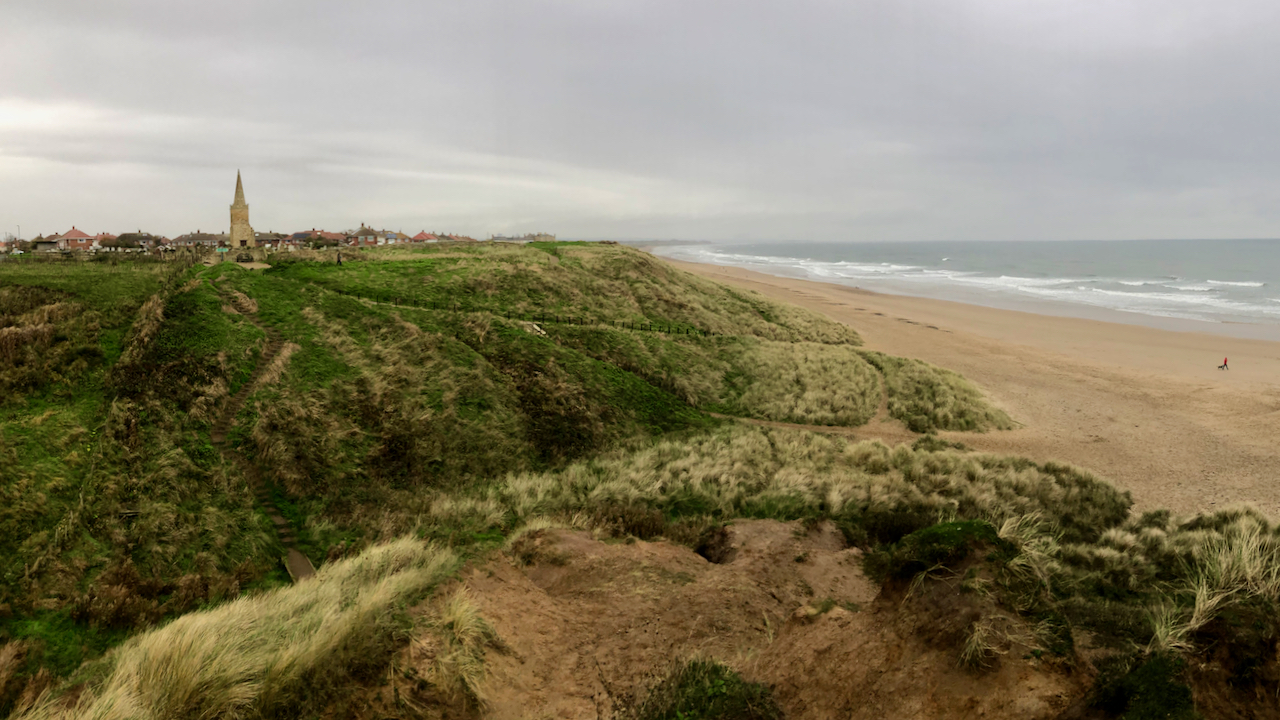
Marske Sands, do we want a healthy marine ecology or a free Enterprise Zone?
“In many respects the most notable feature of any integrated iron and steel works, whether operational or non-operational, a blast furnace is an impressive example of industrial architecture at its best. Located at the northern end of the development, at the boundary between the North Industrial Zone and Coastal Community Zone Redcar Blast Furnace is…
-
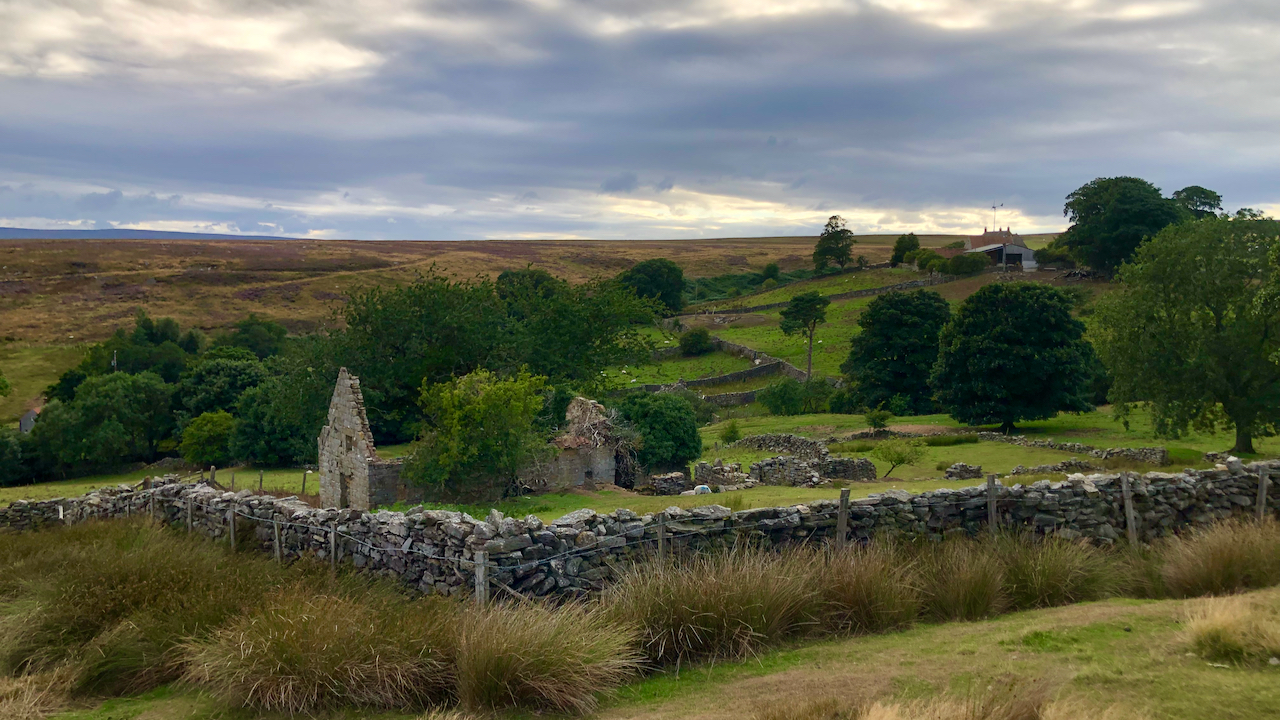
Clither Beck
Ruined cottages at Clither Beck. In the distance is Clitherbeck Farm or ‘Doubting Castle’ as it used to be called. Why, oh why was it renamed? This valley was once the scene of extensive coal mining activity. The coal comprised two seams overall 38cm thick with 10cm of shale in the middle at a depth…
-
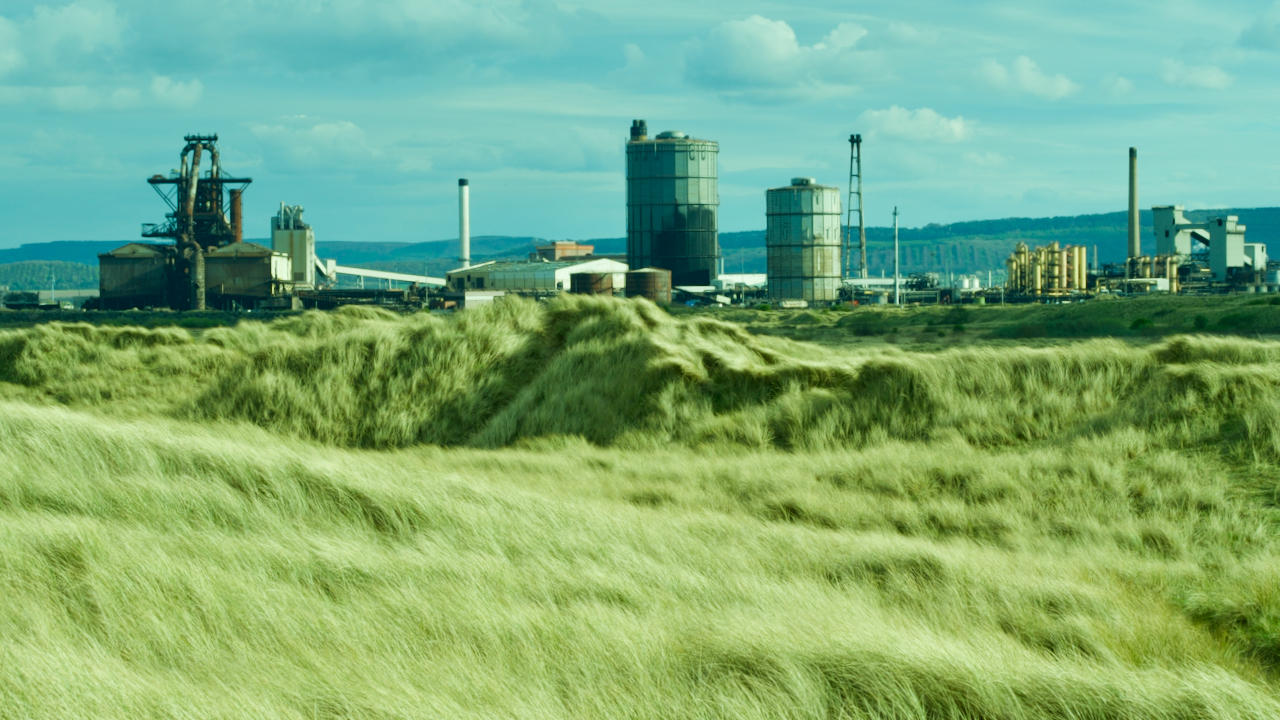
Redcar Blast Furnace
In many respects the most notable feature of any integrated iron and steel works, whether operational or non-operational, a blast furnace is an impressive example of industrial architecture at its best. Located at the northern end of the development, at the boundary between the North Industrial Zone and Coastal Community Zone Redcar Blast Furnace is…
-
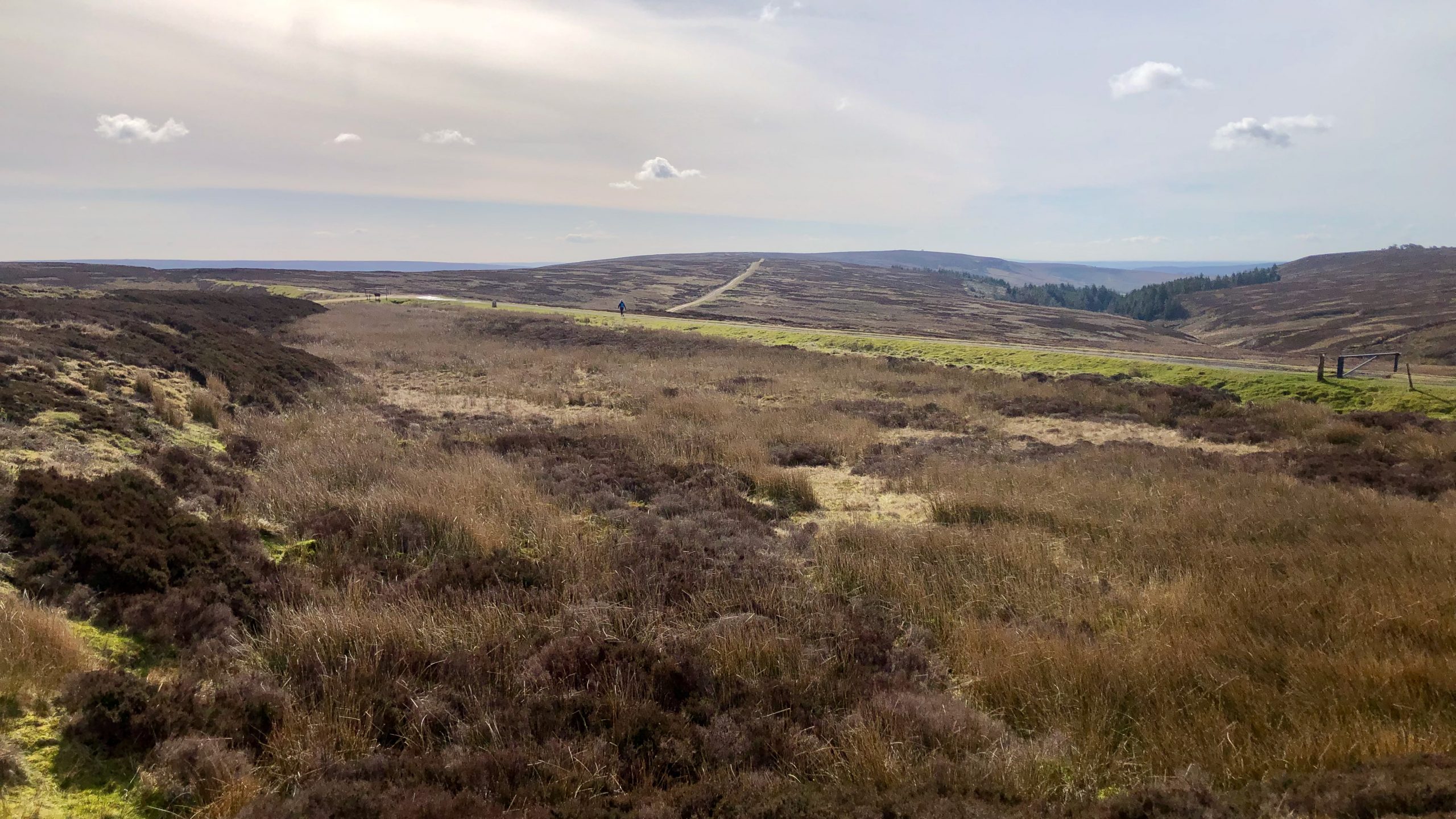
Bloworth Crossing
Or Blawith, as I’ve seen it written. Or Blowith. Many names, but a well-known feature on several long-distance path over the moors. Where the Rosedale mineral railway crossed the ancient track along Rudland Rigg, a track which, in 1934. Alec E. F. Wright described as a “grass road” and “exhilarating”. In the 21st-century, the Rudland…
-
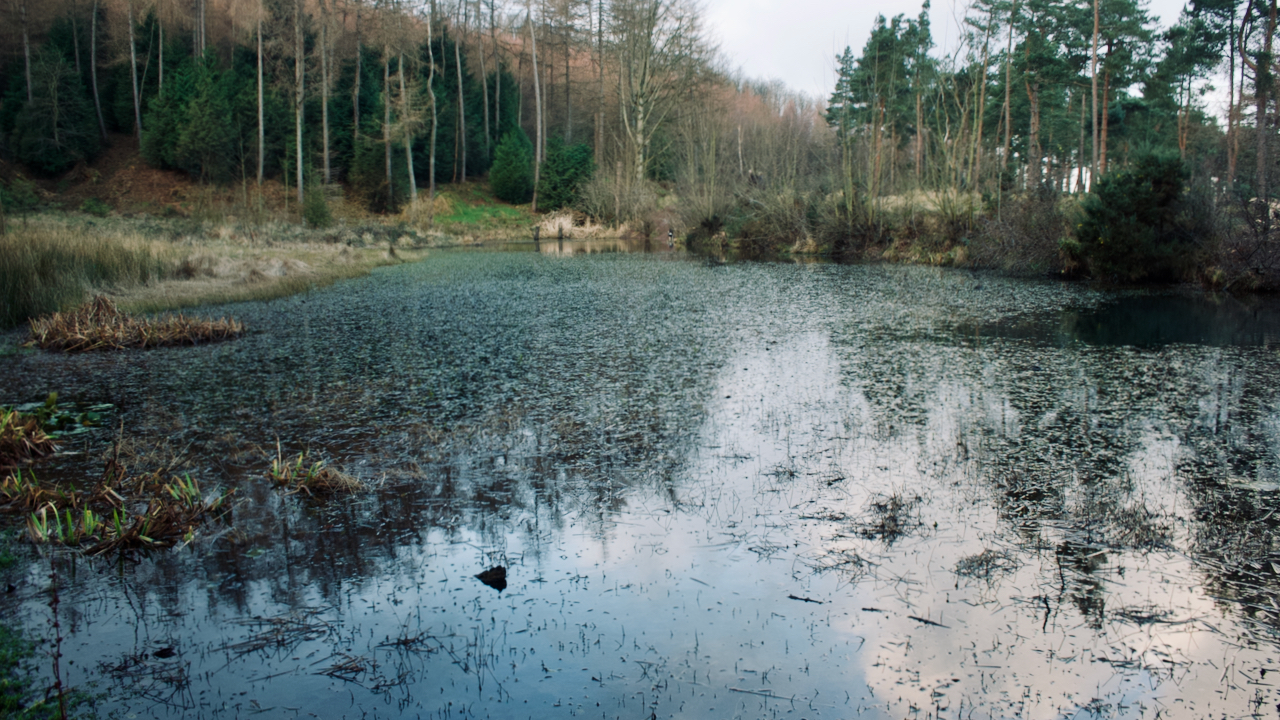
Went for a bimble around the Belmont Ironstone Mine
To be clear this is the old mine, which operated between 1855 and 1877, and not the new one which was sited a kilometre further west and which operated in the first half of the 20th-century. I didn’t really expect to find anything. The authoritative “Catalogue of Cleveland Ironstone Mines” by Peter Tuffs doesn’t mention…
-
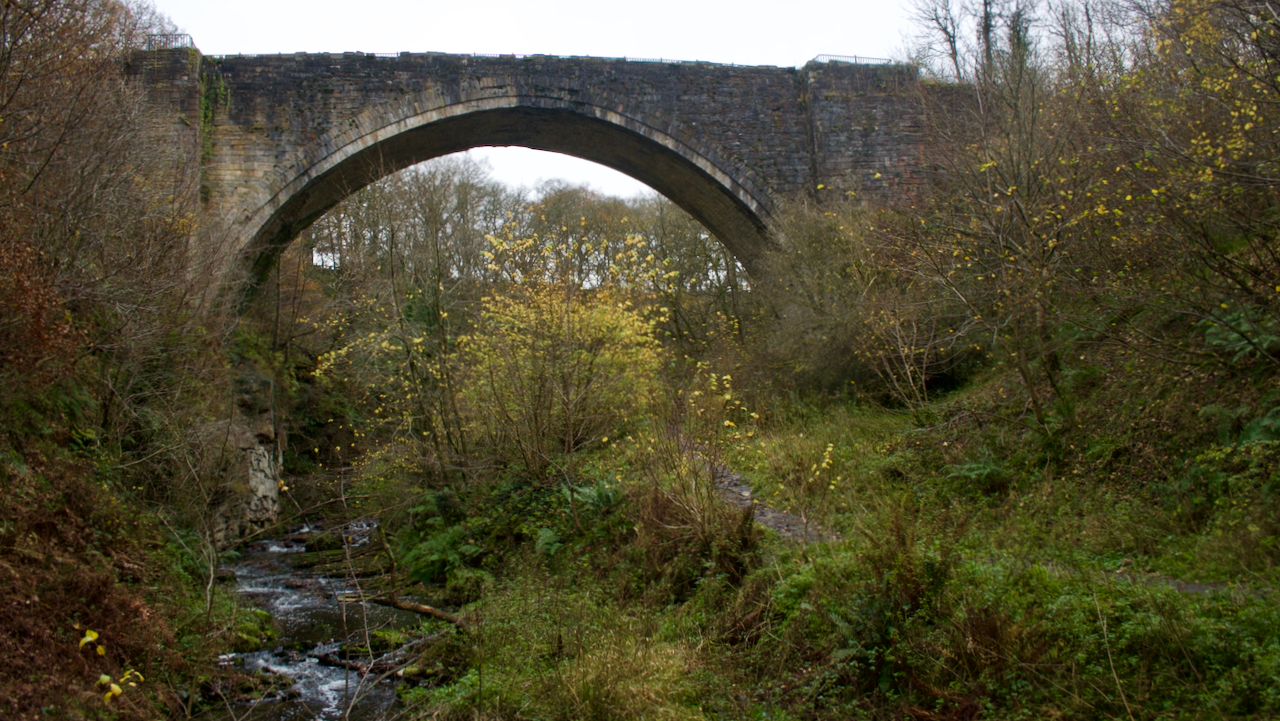
Causey Arch
Prior to the late 17th-century, transportation of materials across the country was slow and difficult. Either by horse drawn carts or teams of ponies. More forward thinking industrialists were developing wagon-ways, horse-drawn first with wooden rails and rollers, then with flanged iron wheels. In the 1720s, when coal-owners were considering exploiting the coal fields below…
-
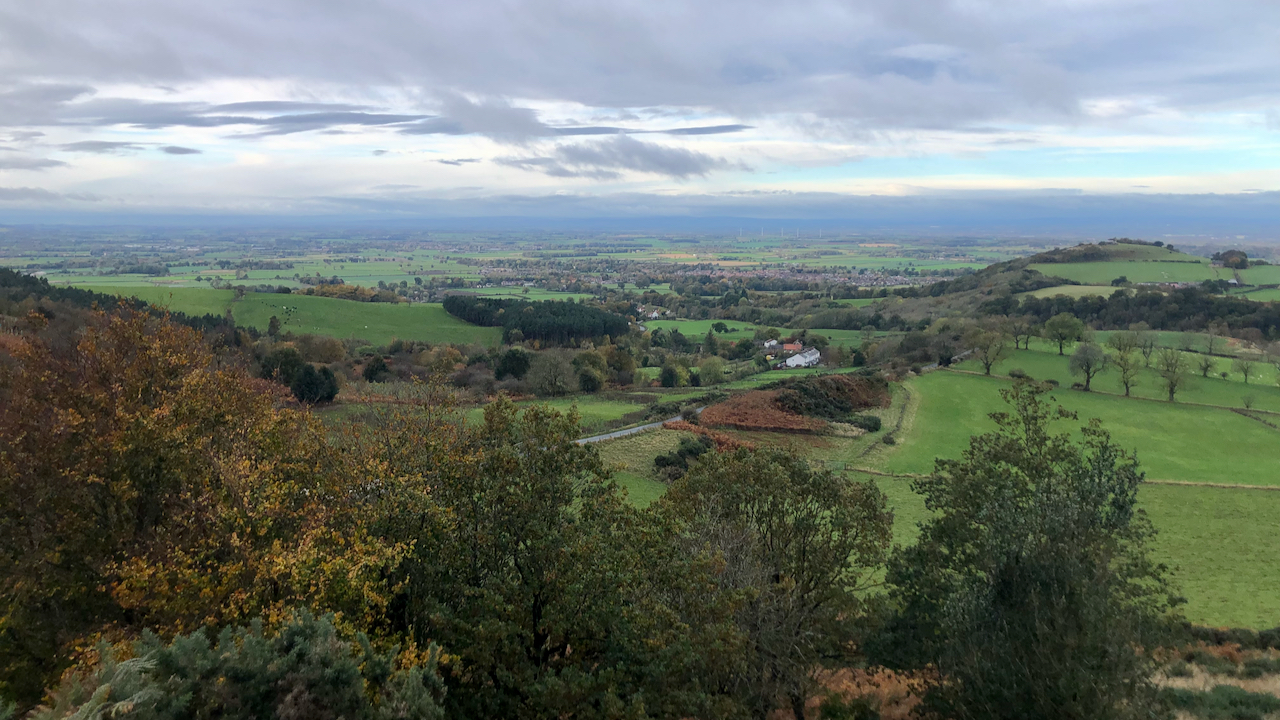
Gribdale
I’ve never really figured out where Gribdale begins and where it ends. There is no dale as such. The col between Capt. Cook’s Monument and Great Ayton Moor is known as Gribdale Gate. Beyond that, we’re into Lonsdale, so Gribdale must lie this side. But there is no valley. A stream does spring out from…